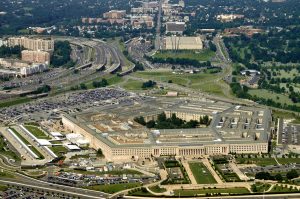 Chief Data Officers (CDOs) are one of the newer positions in government, but their role is quickly becoming one of the most critical. A CDO is charged with overseeing data-related functions, including data management, ensuring data quality, and creating data strategy. For government agencies, this requires close coordination with the Federal Data Strategy and the DoD Data Strategy.
Chief Data Officers (CDOs) are one of the newer positions in government, but their role is quickly becoming one of the most critical. A CDO is charged with overseeing data-related functions, including data management, ensuring data quality, and creating data strategy. For government agencies, this requires close coordination with the Federal Data Strategy and the DoD Data Strategy.
Both of these documents define the specific roles and responsibilities of data officers and provide a framework for working with and securing data. Of course, each agency has unique requirements and missions, leaving the CDO to work out how to apply this guidance and standards to their organization.
Agencies are meeting these guidelines and integrating CDOs in different ways. The Department of Homeland Security (DHS) recently announced a department-level CDO office to better integrate data into its operations and those of other agencies. The need for this level of coordination was underscored as DHS launched a department-wide COVID-19 vaccination campaign in partnership with the Department of Veterans Affairs health centers. DHS needed to identify, contact and manage responses from workers, which meant collecting and reconciling many different datasets from across the department.


 The battles of tomorrow will likely not be fought on the ground, they will take place in cyberspace as nation-states and rogue actors alike look to interrupt the everyday functions of a country via high-tech attacks. Recently we saw the
The battles of tomorrow will likely not be fought on the ground, they will take place in cyberspace as nation-states and rogue actors alike look to interrupt the everyday functions of a country via high-tech attacks. Recently we saw the
 We've written here about how the government is looking at
We've written here about how the government is looking at 
